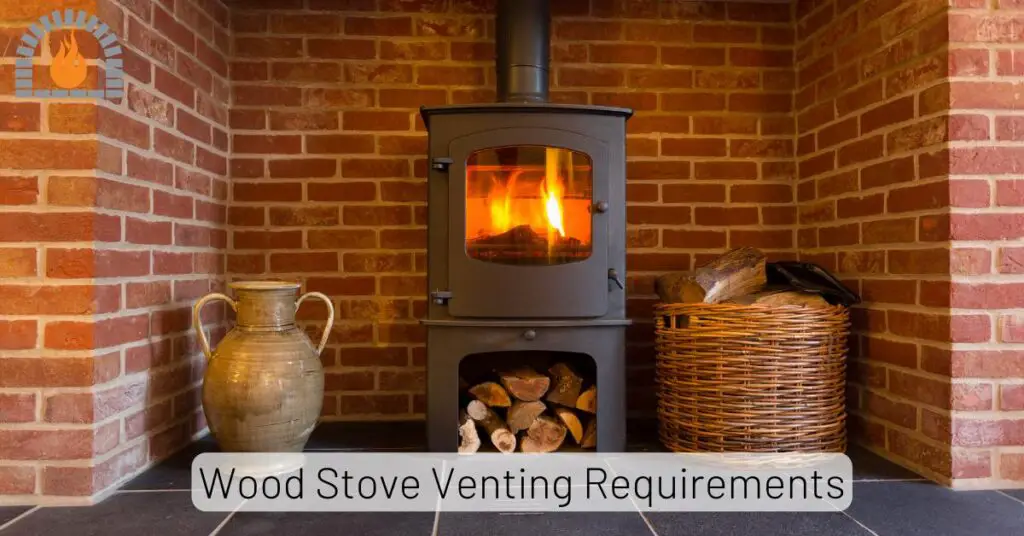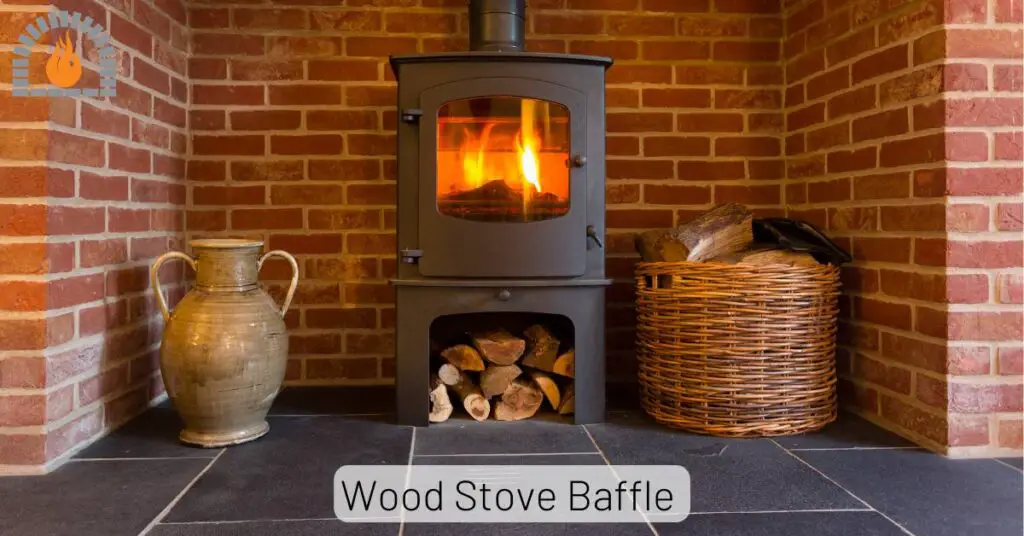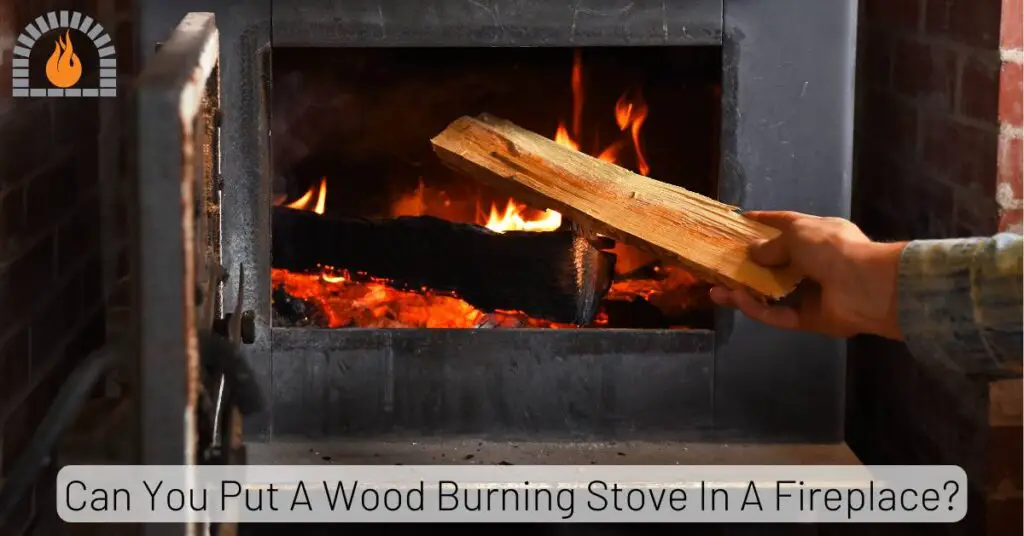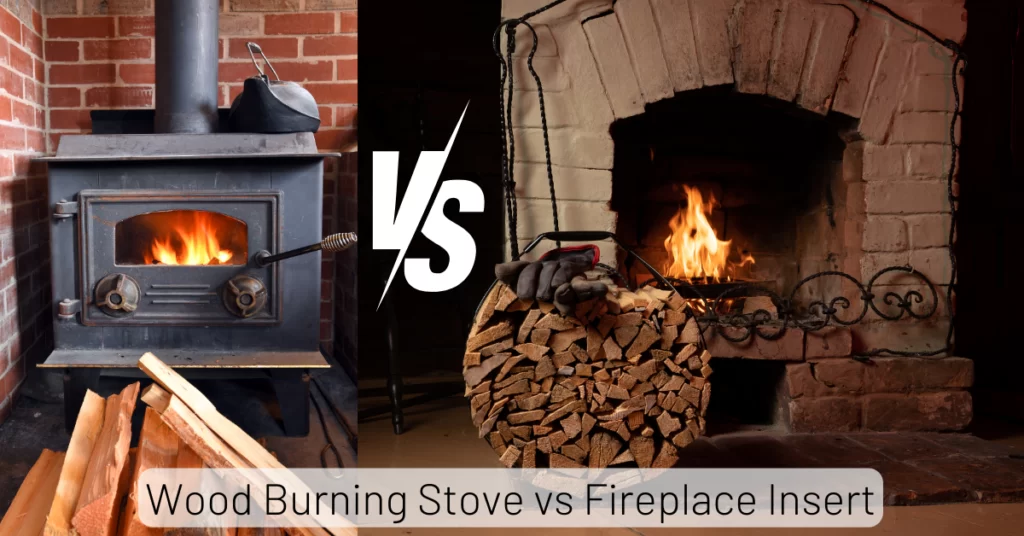Wood stoves are an excellent way to heat your home, and the Scandia brand has earned a reputation for reliability and performance. However, like any heating system, scandia wood stoves can sometimes experience issues that affect their efficiency and safety.
Fortunately, most problems can be solved with a little troubleshooting and routine maintenance.
This guide will walk you through the most common problems with Scandia wood burning stoves and provide detailed solutions to keep your stove running smoothly throughout the winter.
Whether you’re dealing with poor heat output, excessive smoke, or creosote buildup, we’ve got you covered.
Components of a Scandia Wood Stove
Scandia stoves are built with several essential parts that need to work together for efficient performance. Key components include:
- Firebox: Where the fire burns
- Chimney: Directs smoke and gases out of the house
- Air Vents and Dampers: Control airflow into the firebox
- Glass Door: Provides visibility and helps contain heat
The stove burns wood to produce heat, with proper air intake ensuring efficient combustion. The chimney helps expel smoke, while dampers allow you to control the fire’s intensity.
Understanding this process will help you troubleshoot issues more effectively.
Common Issues with Scandia Wood Stoves
1. Inadequate Heat Output
Causes:
- Poor air circulation inside the firebox.
- Damp or unseasoned wood causing inefficient burning.
- Ash build-up blocking airflow.
- Misuse of air control vents.
Fixes:
- Use dry, seasoned wood: Ensure wood has been dried for at least 6-12 months with moisture content below 20%.
- Clean ash regularly: Leave a 1-inch ash layer for insulation but clean out excess ash frequently.
- Adjust primary and secondary air vents: Open vents fully during startup, then regulate airflow for optimal heat.
- Inspect gaskets: Check door and vent seals to prevent air leakage.
2. Smoke Spillage into the Room
Causes:
- Blocked flue or chimney restricting smoke flow.
- Negative air pressure inside the house.
- Downdrafts caused by high winds or nearby structures.
Fixes:
- Check and clean the chimney: Ensure there are no creosote build-ups or obstructions in the flue.
- Open a window slightly: This can help balance air pressure, especially during startup.
- Use a chimney cap: Install a wind-resistant chimney cap to prevent downdrafts.
- Increase flue height: If downdraft issues persist, adding height to the chimney can improve airflow.
3. Creosote Build-Up in the Chimney
Causes:
- Burning unseasoned or damp wood.
- Insufficiently hot fire causing incomplete combustion.
- Poor draft or oversized flue.
Fixes:
- Burn dry wood at high temperatures: Avoid slow-burning, smoldering fires.
- Use a creosote remover regularly: Additives can help minimize buildup.
- Schedule regular chimney sweeps: Clean the chimney at least once a year.
- Optimize the flue size: Ensure the flue matches the size of the stove for a better draft.
4. Glass Blackening
Causes:
- Burning softwoods or wood with high moisture content.
- Inadequate air supply to the firebox.
- Operating the stove at low temperatures.
Fixes:
- Use only dry hardwood: Avoid resin-rich softwoods.
- Increase air intake: Ensure air vents are fully open to promote complete combustion.
- Clean the glass regularly: Use a specialized glass cleaner or a damp cloth with ash for stubborn stains.
- Run the stove hotter occasionally: This can help burn off soot deposits naturally.
5. Overheating Issues
Causes:
- Overloading the firebox with wood.
- Insufficient control over air intake.
- Using the wrong type of fuel (like coal).
Fixes:
- Follow recommended wood load limits: Check the manual for the maximum load size.
- Close down air vents gradually: Once the fire is established, reduce airflow to control heat.
- Avoid using unauthorized fuels: Stick to hardwoods and approved logs.
6. Cracks or Warping in Firebricks and Baffle Plate
Causes:
- Frequent exposure to high temperatures.
- Sudden temperature changes (thermal shock).
- Normal wear and tear over time.
Fixes:
- Replace cracked firebricks: Inspect the firebox regularly and swap out damaged bricks.
- Avoid water sprays on hot surfaces: Let the stove cool naturally to prevent thermal shock.
- Replace the baffle plate when needed: Check for warping that might restrict airflow and reduce efficiency.
7. Problems With Door Seal or Gasket
Causes:
- Worn-out or damaged gaskets.
- Loose door latch or improper door alignment.
Fixes:
- Inspect the door gasket: If frayed or loose, replace it with a new high-temperature gasket.
- Adjust the door latch: Ensure a snug fit for the door to prevent air leaks.
- Use gasket cement: Secure loose seals with heat-resistant adhesive.
8. Difficulty Starting the Fire
Causes:
- Damp wood or insufficient kindling.
- Blocked primary air intake.
- Cold chimney causing a poor draft.
Fixes:
- Use small, dry kindling for startup: Build the fire gradually with smaller logs.
- Prime the chimney: Light a piece of newspaper inside the flue to establish an initial draft.
- Check for blockages: Ensure the primary air vent is open and unobstructed.
9. Rusting and Corrosion on the Stove’s Surface
Causes:
- Exposure to moisture or humidity.
- Neglecting routine maintenance and cleaning.
Fixes:
- Keep the stove dry: Use a cover when not in use during off-seasons.
- Apply stove polish: Use heat-resistant paint or stove polish to prevent rust.
- Clean regularly: Wipe down the exterior with a dry cloth to remove dust and debris.
10. Fan or Blower Malfunction (If Installed)
Causes:
- Dirt and dust clogging the fan mechanism.
- Electrical issues or faulty connections.
- Worn-out motor or bearings.
Fixes:
- Clean the fan regularly: Use a soft brush or vacuum to remove dust buildup.
- Check electrical connections: Ensure the fan is properly plugged in and connections are secure.
- Replace faulty parts: If the motor fails, consider installing a new blower unit.
FAQs
Why does my Scandia wood stove produce so much smoke?
This could be due to blocked vents, a clogged chimney, or using wet wood.
How often should I clean the chimney?
At least once a season to prevent creosote buildup.
What is the best way to prevent creosote buildup?
Burn only seasoned hardwoods and clean the chimney regularly.
Can I burn softwood in my Scandia stove?
Yes, but it produces more creosote, so clean the chimney more frequently.
How do I know if my stove’s damper is working correctly?
Check if it opens and closes smoothly and adjust if necessary.
Affiliate Disclosure: Fireplaceadviser.com is a participant in the Amazon Services LLC Associates Program. We may earn a commission when you click on certain links on this site and purchase.

Hello!! I am Jamal Khan. I often fix my home electric heaters and gas stove problems and research the common issues in the heating units to improve my knowledge and expertise. The aim of establishing fireplaceadviser.com is to share my expertise and knowledge with my audience.
















